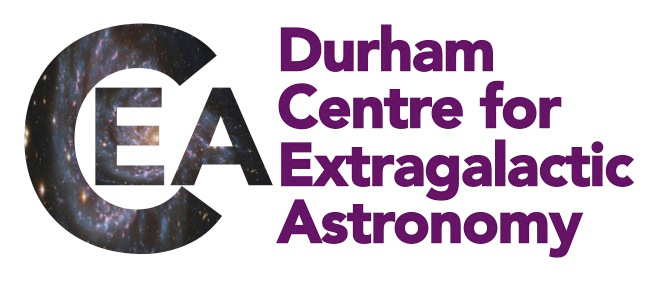CEA News, April 2020
Triple Rollover: a third lensed source for the Jackpot system
Gravitational lensing -- the deflection of light rays from distant sources by objects along the line-of-sight -- is an invaluable tool to learn about the distribution of mass in the intervening galaxies, and in some cases also to measure cosmological parameters describing the scale and evolution of the Universe.

Lensing is "rare", because it requires two galaxies to be very closely aligned behind each other, from the perspective of the observer. In even rarer cases, two source galaxies can be lensed by the same foreground galaxy. The first such case discovered was the "Jackpot" lens SDSSJ0946+1006, with a lens at z = 0.2 and sources at redshifts z = 0.6 and z = 2.4. The extra information in double- source-plane systems makes them sensitive to ratios of distances between the various galaxies, which in turn depend on cosmological parameters, in particular the dark- energy equation-of-state parameter, w.
At the CEA, we have been developing methods to search for faint background sources behind massive galaxies, using integral-field spectrographs, aimed at making lensing less "rare". In today's paper (Collett & Smith 2020) we applied this approach to one known, and very special, lens system: the Jackpot itself.
From our deep observations with MUSE at the VLT, we found yet another multiply-imaged source behind this galaxy -- a Lyman-alpha emitter at a redshift z = 6 -- which now makes SDSSJ0946+1006 a unique triple-source-plane system. (Our title continues the lottery theme: we upgraded the Jackpot to a "Triple Rollover".) The paper presents the discovery of the new source, shows that existing models for the lens can reproduce the observed image positions, and demonstrates how we should (with a lot more work) be able to exploit the discovery to make useful cosmological measurements.
Finally, our paper shows that the background "wallpaper" of emission-line sources is rich enough to make discovering other such systems very probable, given sufficiently deep IFU observations. Especially with the next generation of extremely large telescopes, we will be able to convert any galaxy into a lens, and convert any known lens into a valuable double-source-plane system.

